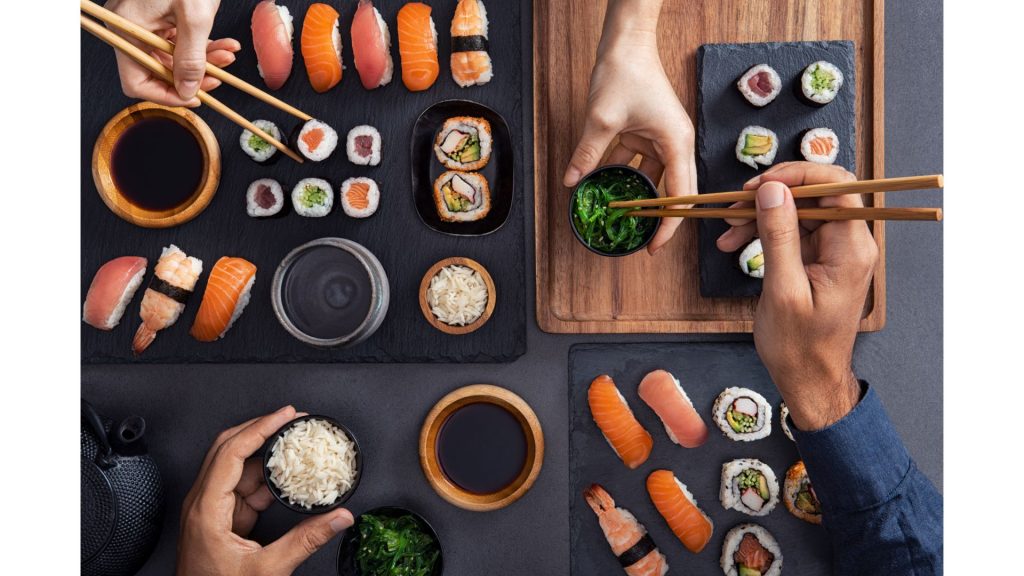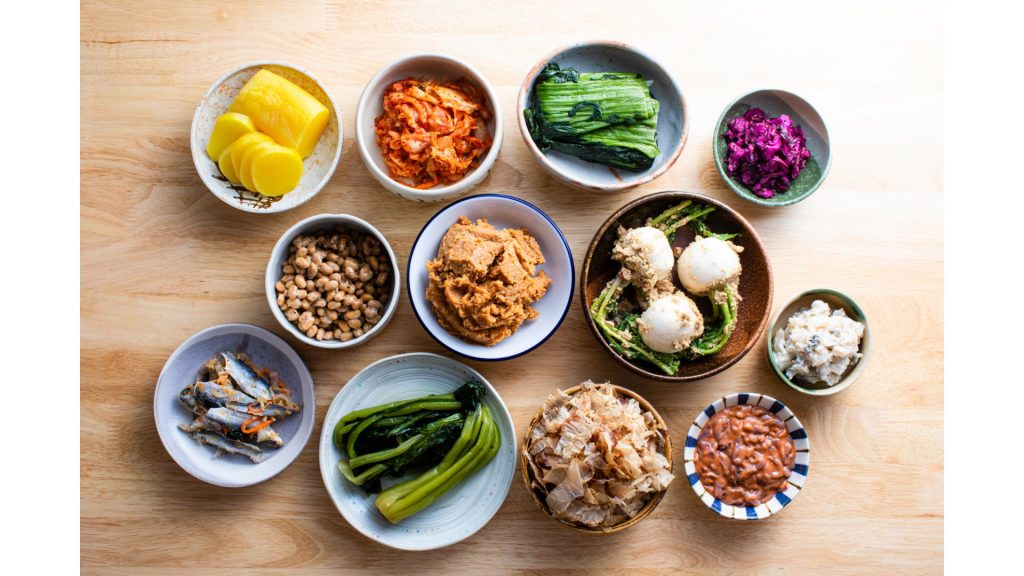What is Japanese food like?
Japanese cuisine celebrates seasonal and regional flavors and offers a diverse range of culinary experiences that vary widely from region to region. Dishes such as Sashimi, sushi, Tempura, Ramen and Okonomiyaki are loved around the world, but they are only part of Japanese cuisine, and the depth of Japanese food can often be experienced away from urban areas.

For Japanese travelers, too, exploring local cuisine is a highlight of their trip, and itineraries are often built around regional specialties. When visiting Japan, it is strongly recommended to gather information on local food beforehand in order to fully appreciate the unique culinary experiences each region has to offer.

Nagano is leading the World in Longevity and Health
According to World Health Organization (WHO) data for 2023, Japan was the world leader in healthy life expectancy for both men and women. Unlike average life expectancy, healthy life expectancy refers to the period during which people can live independently, indicating that many people lead lively and healthy lives. In the same year, Nagano Prefecture was at the top of Japan in terms of healthy life expectancy for both men and women in 2023.
Among the various factors contributing to this achievement, dietary habits play an important role. Nagano Prefecture has always had the highest consumption of vegetables in Japan. This is largely due to the abundance of delicious vegetable farms in the prefecture. Fresh vegetables in any seasons adorn people’s dining tables.
In summer, freshly picked vegetables are eaten immediately, and in seasons with reduced harvests, such as winter, people preserve the harvested vegetables with the techniques established a long ago. Many preservation methods utilize beneficial bacteria such as lactic acid bacteria, and the food created with the methods are still valued today as highly nutritious food.

As the saying goes, “You are what you eat”, it is always good to think about how the foods affect your body. With the long-established dietary wisdom in Nagano Prefecture, which states that by consuming seasonal foods, the body can adjust itself according to the season and is less likely to fall ill.
Sake Brewing in Nagano Prefecture
According to the Nagano Prefecture Sake Brewers Association, there are 78 Sake breweries in the prefecture, ranking second nationwide. Each brewery produces unique Sake using locally sourced rice and water.
The quality of Sake is determined by its ingredients—rice, water, and koji mold—as well as the environment. Surrounded by great nature, Nagano boasts an abundance of delicious rice and pure water, along with a cold climate, all of which make it an ideal region for Sake production.
Pristine Water
Nagano’s Sake benefits from the pure snowmelt water that flows from the Northern Alps and Mount Yatsugatake. Over decades, this water is naturally filtered through geological layers, emerging as springs in various locations across the region. Each water from each water source has unique characteristics, and local breweries take great pride in their water, which contributes to the distinctive flavors of Nagano’s Sake.
Sake Rice
The rice used in Sake brewing differs from table rice and is referred to as “Sakamai.” Nagano’s “Miyama Nishiki” is a highly regarded variety nationwide, well-suited to the region’s cool climate and widely used in local Sake production. Additionally, other varieties such as “Takane Nishiki,” “Kinmon Nishiki,” “Shirakaba Nishiki,” “Hitogokochi,” “Sankei Nishiki,” and “Yamada Nishiki” are cultivated within the prefecture, offering a rich diversity of Sake rice options.
Diverse Flavors
Nagano’s Sake varies in flavor depending on the region and brewery. Traditionally, Sake from the Hokushin (northern) area is known for its robust taste, while the Tosin (eastern) area produces Sake with a clear, sharp profile. The Chushin (central) area features fruity characteristics, and the Nanshin (southern) area offers light and refreshing flavors.
Recently, brewing techniques have evolved, with master brewers (Toji) crafting Sake with unique profiles. Modern Nagano Sake is versatile, pairing not only with traditional Japanese cuisine but also with a variety of international dishes. This adaptability has contributed to the growing global popularity of Japanese Sake.